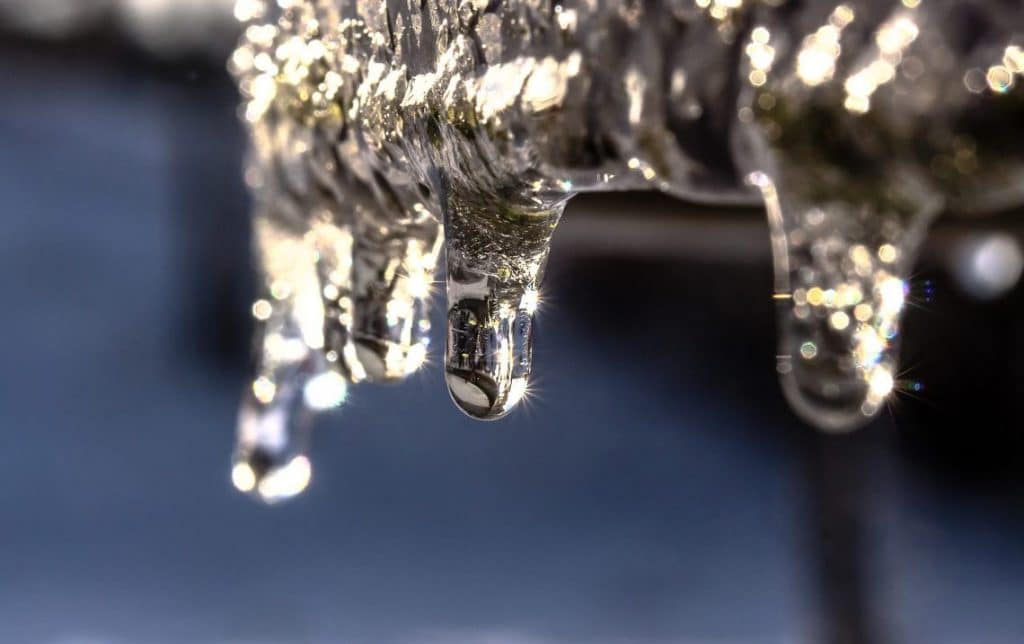Are you trying to locate facts involving Preventing and dealing with frozen pipes?

Cold weather can wreak havoc on your plumbing, particularly by freezing pipelines. Below's just how to avoid it from taking place and what to do if it does.
Introduction
As temperatures decrease, the threat of icy pipes rises, possibly resulting in costly fixings and water damage. Understanding just how to prevent icy pipes is crucial for house owners in cold environments.
Understanding Icy Pipes
What causes pipelines to ice up?
Pipelines ice up when subjected to temperature levels below 32 ° F (0 ° C) for extended periods. As water inside the pipes freezes, it expands, putting pressure on the pipeline walls and potentially creating them to burst.
Dangers and problems
Icy pipelines can lead to water system interruptions, property damages, and expensive repair work. Ruptured pipes can flood homes and create substantial architectural damage.
Indicators of Frozen Pipes
Determining icy pipelines early can stop them from bursting.
How to determine frozen pipes
Search for lowered water circulation from taps, uncommon smells or sounds from pipelines, and noticeable frost on subjected pipes.
Prevention Tips
Protecting prone pipes
Cover pipelines in insulation sleeves or utilize warm tape to protect them from freezing temperature levels. Concentrate on pipes in unheated or external areas of the home.
Heating strategies
Keep indoor rooms effectively warmed, specifically areas with plumbing. Open cabinet doors to allow warm air to distribute around pipes under sinks.
Securing Outdoor Pipes
Yard pipes and exterior faucets
Disconnect and drain yard hoses prior to winter season. Install frost-proof spigots or cover outdoor faucets with insulated caps.
What to Do If Your Pipelines Freeze
Immediate activities to take
If you suspect frozen pipelines, maintain faucets available to eliminate stress as the ice melts. Utilize a hairdryer or towels taken in warm water to thaw pipelines gradually.
Long-Term Solutions
Architectural adjustments
Think about rerouting pipes away from exterior walls or unheated areas. Add extra insulation to attic rooms, basements, and crawl spaces.
Updating insulation
Invest in high-grade insulation for pipes, attic rooms, and walls. Correct insulation helps preserve consistent temperature levels and lowers the threat of icy pipelines.
Final thought
Stopping frozen pipes requires aggressive actions and fast responses. By comprehending the reasons, indications, and preventive measures, property owners can secure their plumbing throughout cold weather.
5 Ways to Prevent Frozen Pipes
Drain Outdoor Faucets and Disconnect Hoses
First, close the shut-off valve that controls the flow of water in the pipe to your outdoor faucet. Then, head outside to disconnect and drain your hose and open the outdoor faucet to allow the water to completely drain out of the line. Turn off the faucet when done. Finally, head back to the shut-off valve and drain the remaining water inside the pipe into a bucket or container. Additionally, if you have a home irrigation system, you should consider hiring an expert to clear the system of water each year.
Insulate Pipes
One of the best and most cost-effective methods for preventing frozen water pipes is to wrap your pipes with insulation. This is especially important for areas in your home that aren’t exposed to heat, such as an attic. We suggest using foam sleeves, which can typically be found at your local hardware store.
Keep Heat Running at 65
Your pipes are located inside your walls, and the temperature there is much colder than the rest of the house. To prevent your pipes from freezing, The Insurance Information Institute suggests that you keep your home heated to at least 65 degrees, even when traveling. You may want to invest in smart devices that can keep an eye on the temperature in your home while you’re away.
Leave Water Dripping
Moving water — even a small trickle — can prevent ice from forming inside your pipes. When freezing temps are imminent, start a drip of water from all faucets that serve exposed pipes. Leaving a few faucets running will also help relieve pressure inside the pipes and help prevent a rupture if the water inside freezes.
Open Cupboard Doors
Warm your kitchen and bathroom pipes by opening cupboards and vanities. You should also leave your interior doors ajar to help warm air circulate evenly throughout your home.

Do you appreciate reading up on Winter Plumbing Precautions: Preventing Frozen Pipes? Write a short review down below. We would be delighted to know your views about this content. Hoping to see you back again soon. Sharing is nice. Helping people is fun. We treasure reading our article about Helpful Tips to Prevent Frozen Pipes this Winter.
Call Today